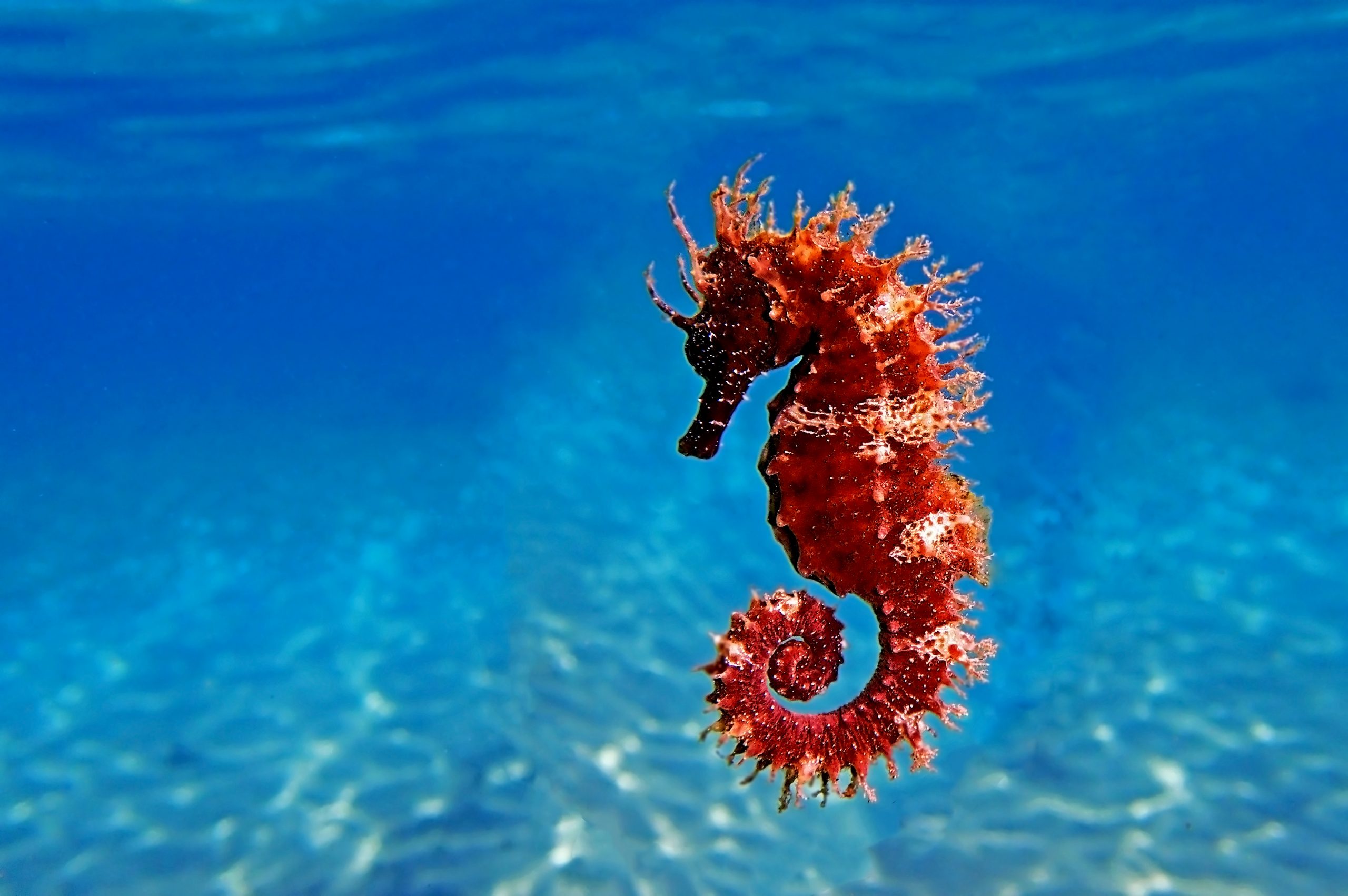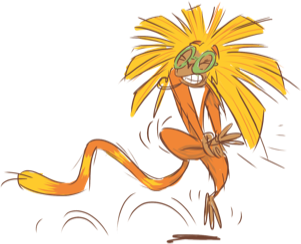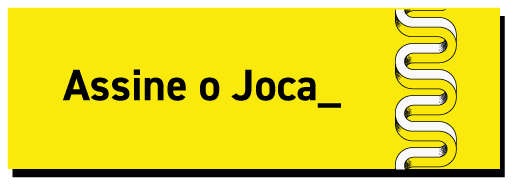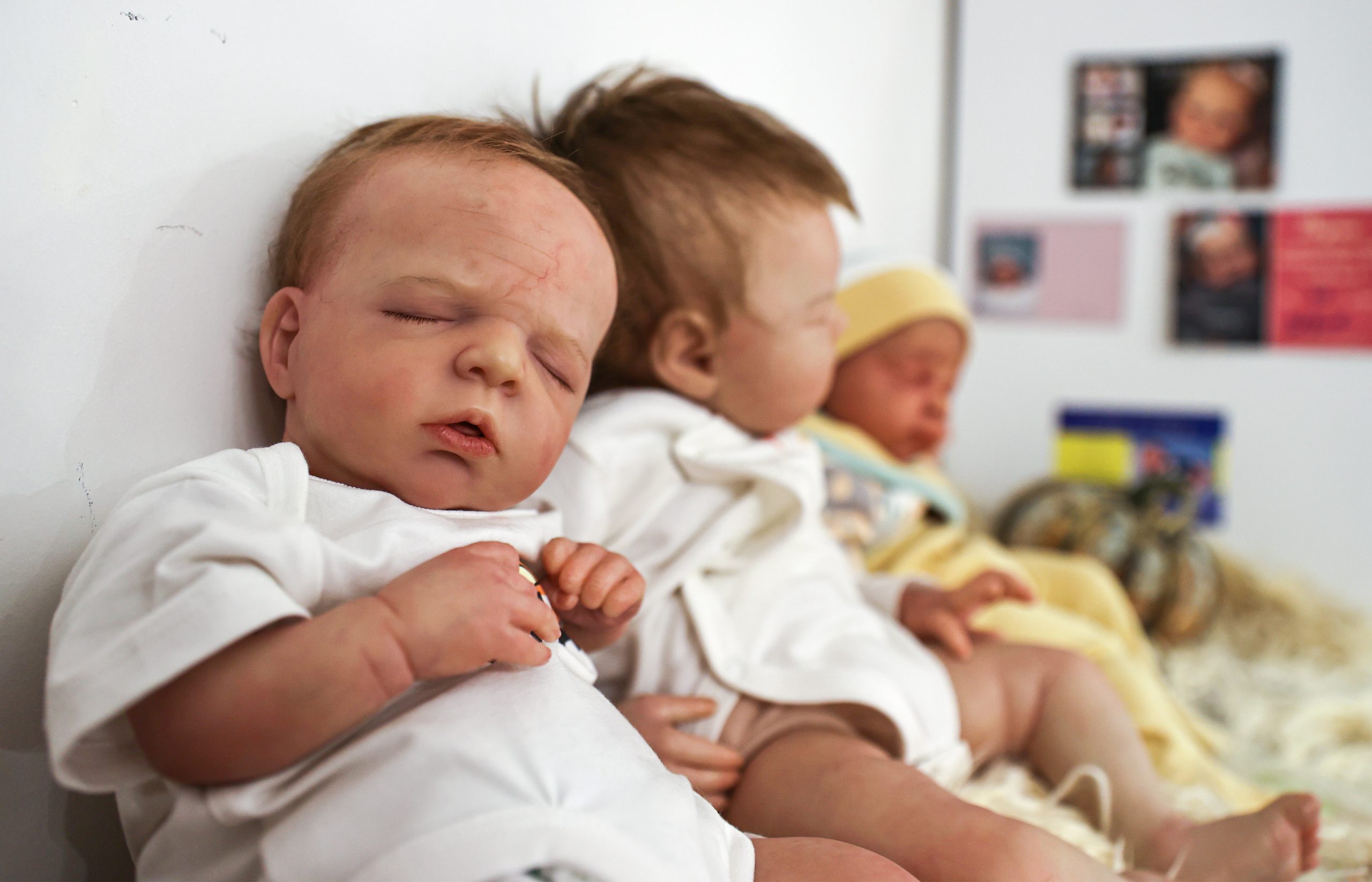Edições Impressas
21 de novembro de 2024
Did you know that… Seahorses – Level 3
Article published on Joca 234

…it is the male seahorse that gets pregnant? They have an incubator pouch (similar to those in kangaroos) in their abdominal area, where they fertilize and carry the eggs laid by the female, which ensures that there is a stable environment and nutrients for the young to grow.
…can have between 300 and 500 cubs at the same time? Despite the large number, only a few survive to adulthood, because they are prey for larger animals such as tuna, sharks, rays, crabs, and octopuses.
…prefer to live in calm, shallow waters? Because they are small, seahorses are easily carried by currents. For this reason, they prefer to live in calm, shallow waters and can be found in mangroves, estuaries (places where river water mixes with the sea), and reefs.
…are ambush predators? This means that they do not move while waiting for their prey to pass, and with quick movements of the head, they capture small crustaceans, plankton (a set of organisms that live in water), shrimp, and fish larvae, ingesting them through suction, like a vacuum cleaner.
…are masters at camouflaging? Some species change color quickly to blend in with their surroundings, and their slow movements mimic marine plants, making it difficult for predators to detect them.
Sources: Terra, Superinteressante, Diário do Grande ABC, National Geographic, and Secrets of the World
Ixi! Você bateu no paywall!
Ainda não é assinante? Assine agora e tenha acesso ilimitado ao conteúdo do Joca.











Você precisa fazer o login para publicar um comentário.